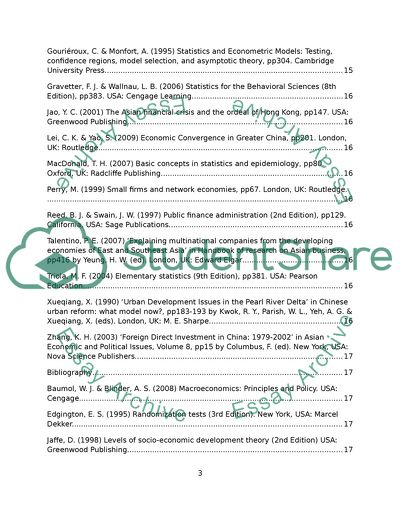Cite this document
(The Impact of Depreciation of HK Dollar on HKs Domestic Export Essay, n.d.)
The Impact of Depreciation of HK Dollar on HKs Domestic Export Essay. Retrieved from https://studentshare.org/macro-microeconomics/1734065-the-impact-of-depreciation-of-hk-dollar-on-hks-domestic-export
The Impact of Depreciation of HK Dollar on HKs Domestic Export Essay. Retrieved from https://studentshare.org/macro-microeconomics/1734065-the-impact-of-depreciation-of-hk-dollar-on-hks-domestic-export
(The Impact of Depreciation of HK Dollar on HKs Domestic Export Essay)
The Impact of Depreciation of HK Dollar on HKs Domestic Export Essay. https://studentshare.org/macro-microeconomics/1734065-the-impact-of-depreciation-of-hk-dollar-on-hks-domestic-export.
The Impact of Depreciation of HK Dollar on HKs Domestic Export Essay. https://studentshare.org/macro-microeconomics/1734065-the-impact-of-depreciation-of-hk-dollar-on-hks-domestic-export.
“The Impact of Depreciation of HK Dollar on HKs Domestic Export Essay”, n.d. https://studentshare.org/macro-microeconomics/1734065-the-impact-of-depreciation-of-hk-dollar-on-hks-domestic-export.


